Dehumidifying pendants, the origins of olfactory neurons, microspectrometers, and transforming cancer agents.
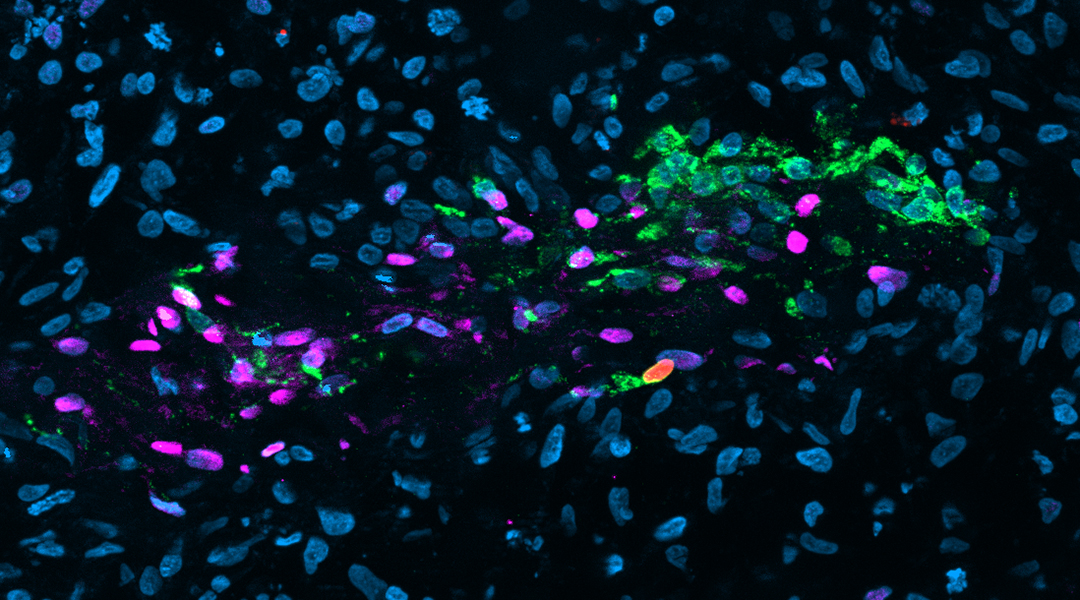

Dehumidifying pendants, the origins of olfactory neurons, microspectrometers, and transforming cancer agents.
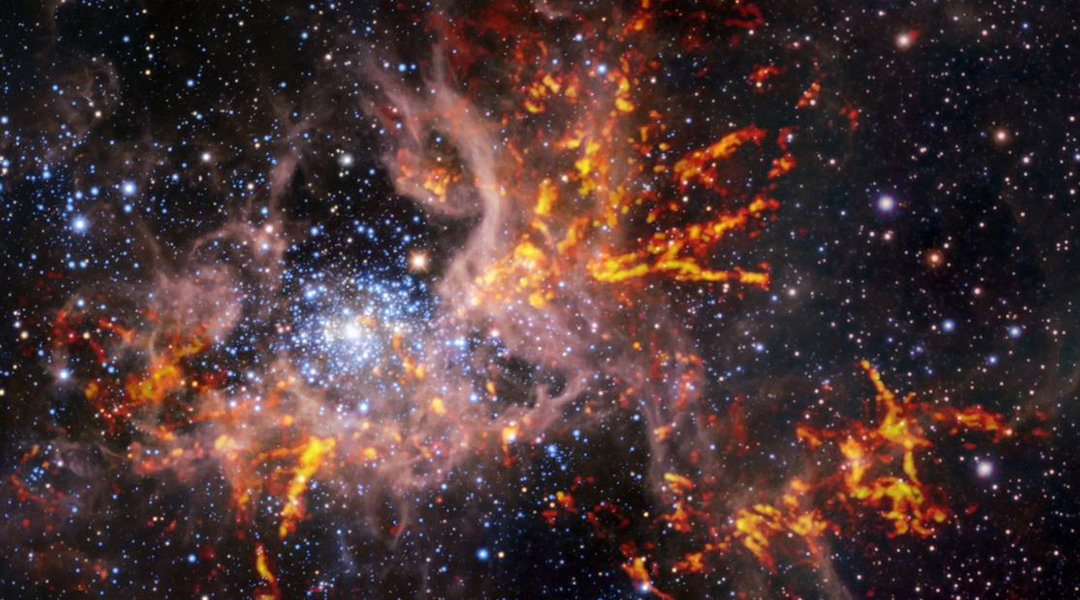
New images of the Tarantula Nebula help us understand how intense star formation at its center impacts the rest of the nebula.

Self-sensing materials will find a range of applications from tissue engineering to building lightweight aircraft.

To power next generation chip based medical implants, power sources need to be miniscule and perpetual.

The long-term benefits of global forest restoration to support biodiversity and ecosystems depends on climate and forest type.
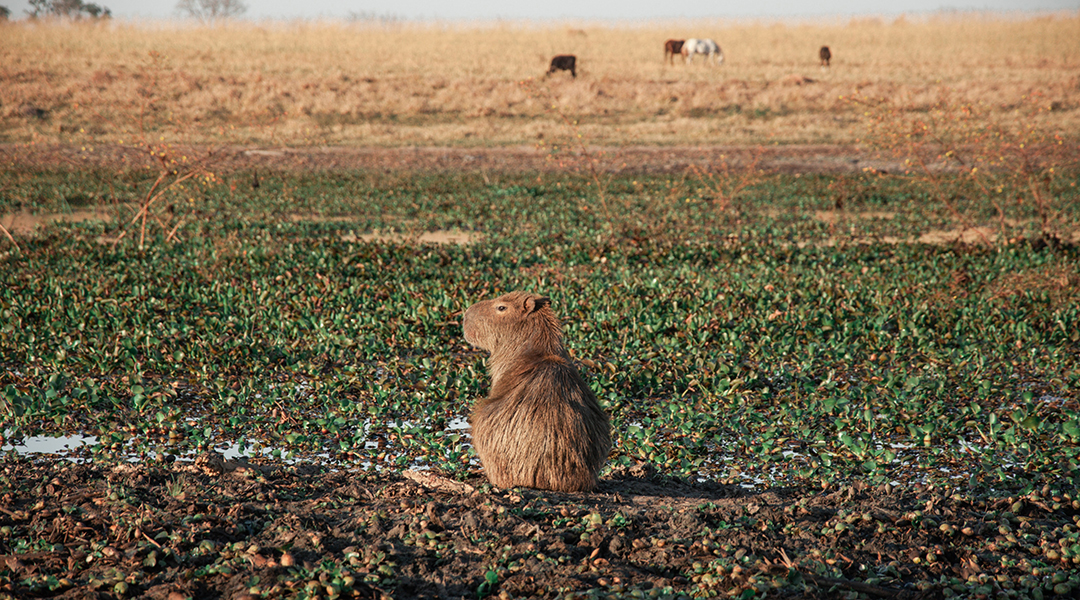
Unique enzymes found in the gut of sugarcane-eating capybaras could help convert agricultural waste into low-carbon biofuels.
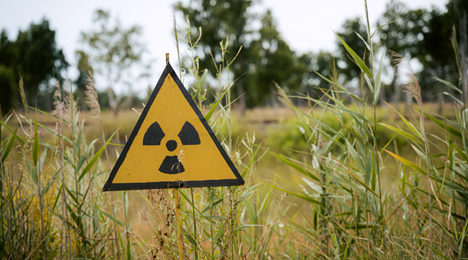
Past disasters show public concern surrounding nuclear energy is legitimate, but better regulation could help allay fears.
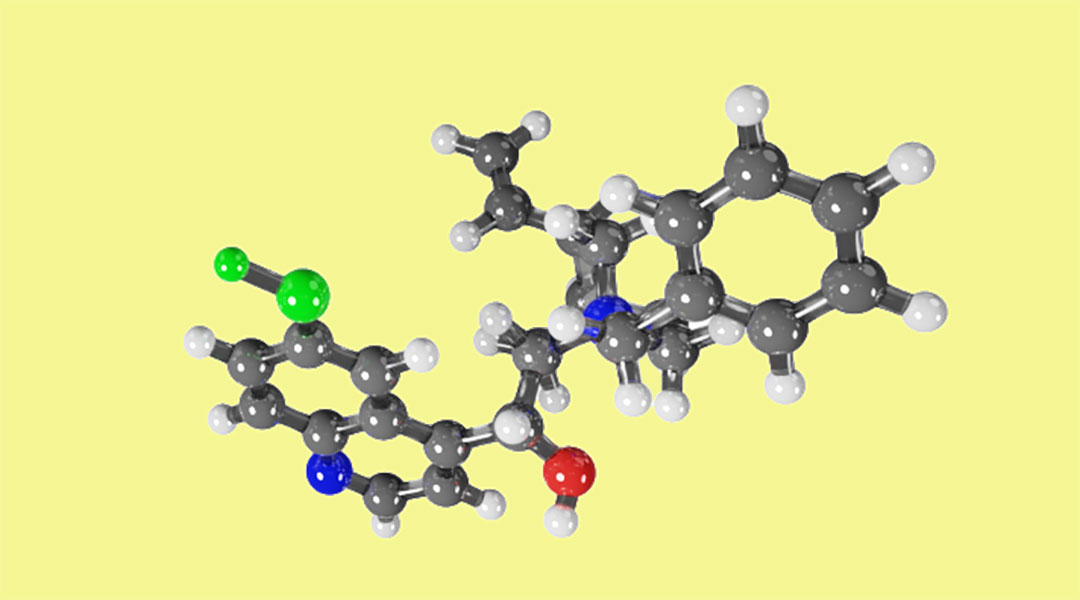
Though experimentation is still king in most chemists’ minds, computational chemistry has the potential to transform the field.
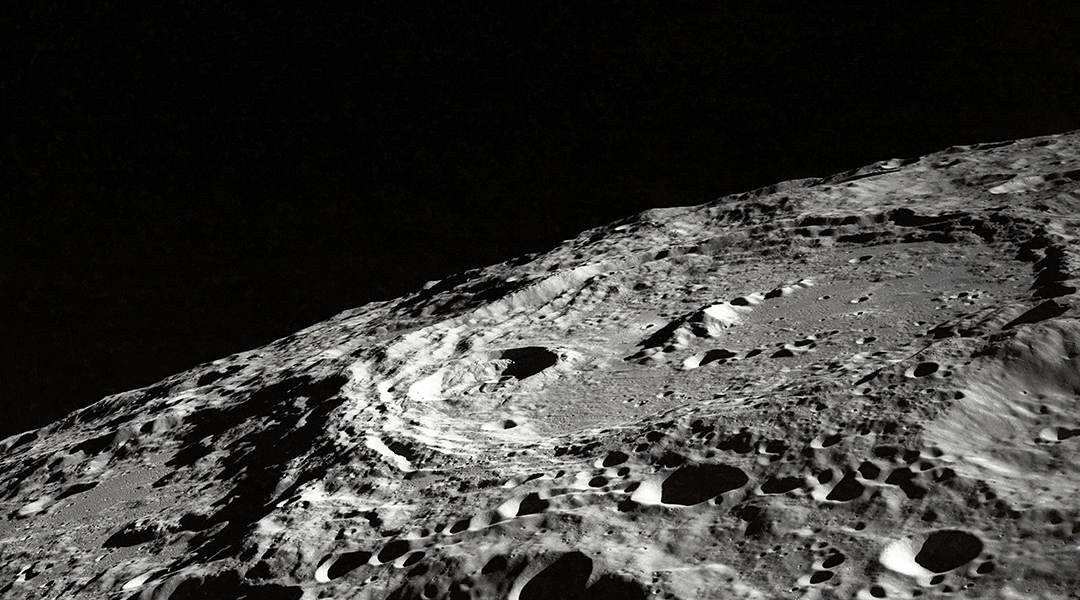
Using solar energy, water, and lunar soil, scientists were able to carry out reactions needed to sustain human life on the Moon.

An out-of-the box approach to carbon sequestration proposes an off-shore solution and a fascinating adjunct to direct air capture.